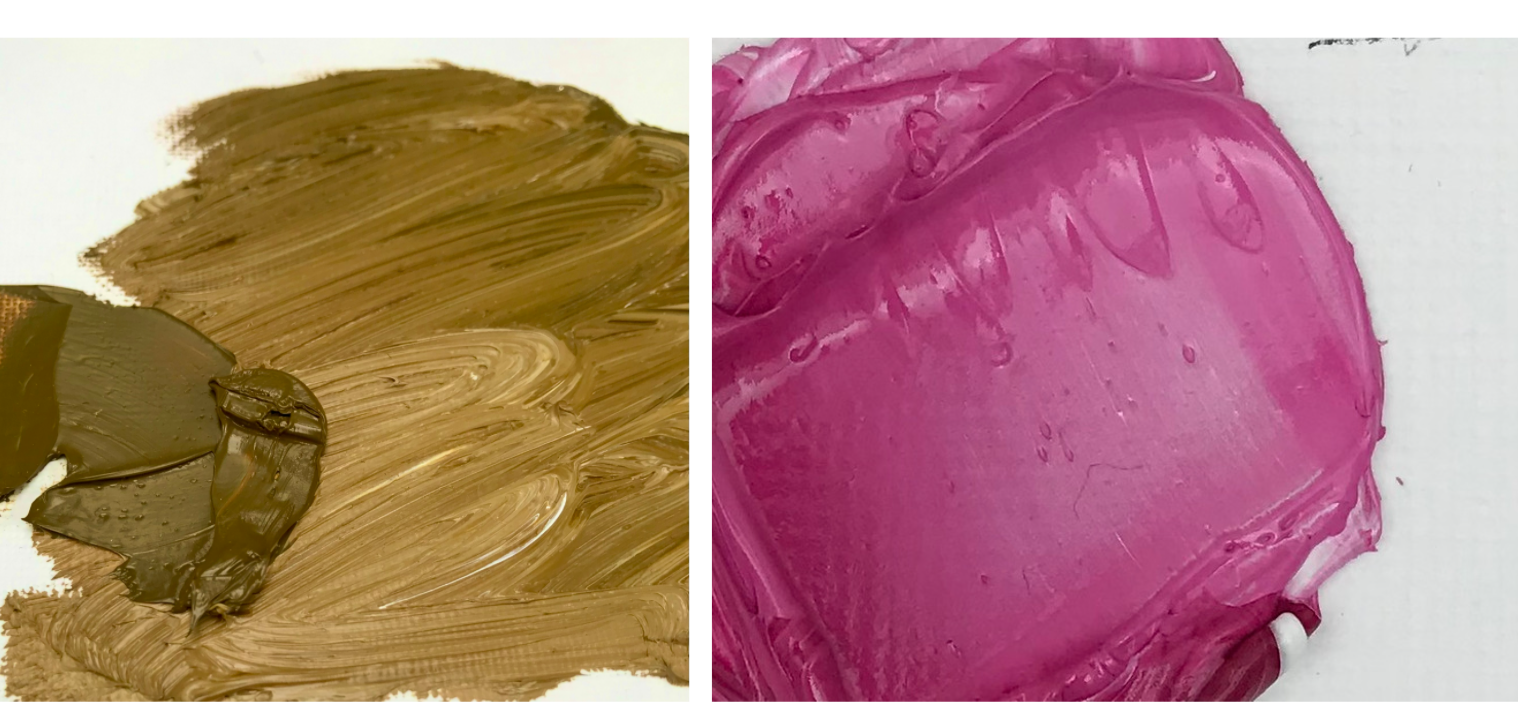What is a Painting Ground and Why is it Important? by Nina Royle

At work, behind the scenes of a painting – behind an image made with coloured daubs of paint – are the support and ground that hold it together. The former refers to a surface such as canvas, wooden panel, metal or paper. The latter to a stable, absorbent layer of paint sits between the support and painting itself, allowing one to safely adhere to the other. Imagine our lives lived without a solid base on which to construct them and how impermanent things would feel? In a painting, the function of its ground and support are important for similar reasons. Performing correctly, they provide a durable foundation for a painting, which helps it endure the test of time. Working together, they help prevent a painting from developing cracks or flaking off a surface. A ground also stops a painting from either sinking into support or degrading it due to corrosive substances in paint.
Whilst all this is important, as a painter, I dedicate time to thinking about what supports and grounds I use because I enjoy how their different qualities affect the flavour of my work. For example, when I want my paint to acquire a dry, chalky quality, I work on a traditional gesso ground that is highly absorbent. Or, when working on canvas, I sometimes want to preserve the fabrics natural look in my painting, not cover it with conventional white primer. In this case, I use a clear acrylic gesso that protects the canvas whilst keeping it visible.
The nomenclature for painting grounds can be confusing, as ‘primer’, meaning ‘first coat’ or gesso, meaning ‘chalk’ in Italian, is often used interchangeably. Traditionally, gesso grounds were made from white carbonate pigments (such as chalk) mixed with animal hide glue. They now also refer to grounds that are absorbent or contain more tooth than standard, smooth primers. Traditional gesso was applied in layers (between six and ten) to a sized wooden panel. When sanded and polished, it produces an ivory-like surface. Whilst compatible with all painting media, it is brittle and should only be used on rigid supports, not on canvas or paper. It also takes a long time to apply and is susceptible to cracking if exposed to changes in humidity or if prepared incorrectly.
With the development of oil painting during the fifteenth century, more flexible oil-based grounds were developed for canvas (though they can also be applied to metal). The best were made from linseed oil mixed with a warm, luminous, lead white pigment. Lead white is highly toxic, meaning that it has been replaced by titanium or zinc white in the common sale today. Unlike traditional gesso, oil primers need only be applied in several layers to achieve a creamy, slippery finish that allows the paint to glide over it. Whilst they provide a good surface to paint on, they only accept oil paint and can yellow with age. Oil grounds also require a canvas to be sized first. This is, so a barrier is formed that stops the acidity of linseed oil, the binder used in oil paint and grounds, from rotting the fabric.
Currently, the most common painting grounds are those using acrylic polymer binders. These are highly flexible, so they can be used on a range of supports from wood, canvas to paper. Unlike oil grounds, they are stable, quick-drying, can be painted on with a range of media and don’t require a surface to be sized first. Acrylic grounds can also be brought in a variety of qualities, from transparent to opaque, textured or fine. As a foundation for painting, this widens possibilities from the start.

